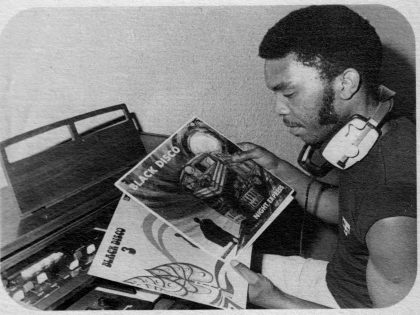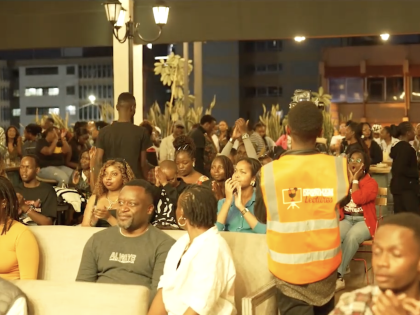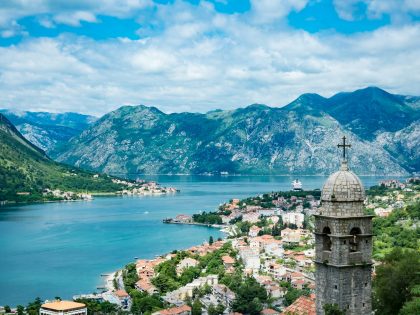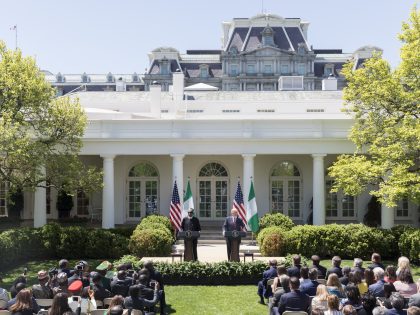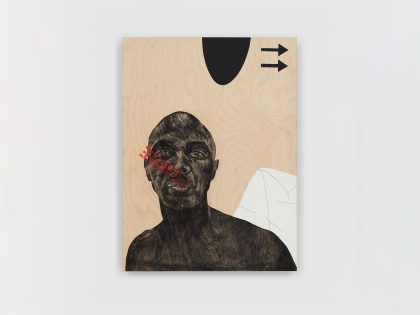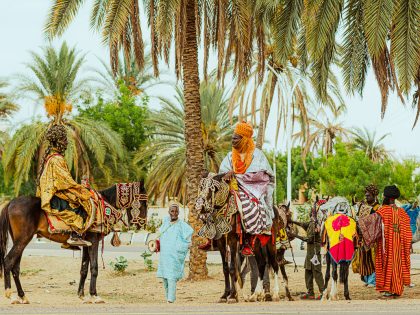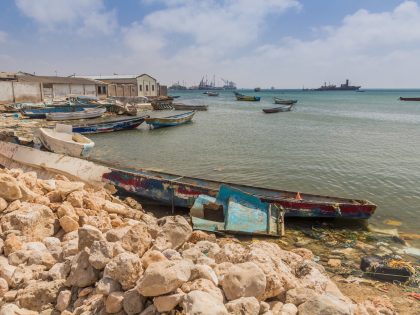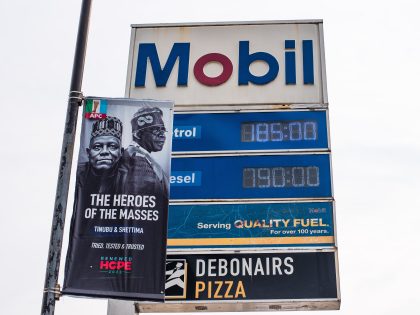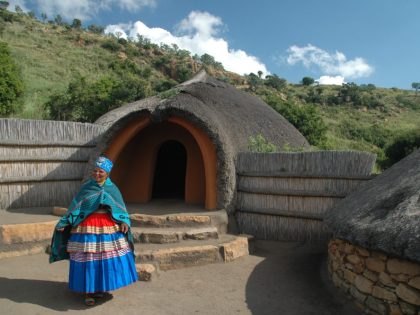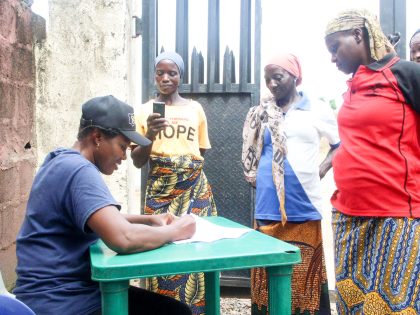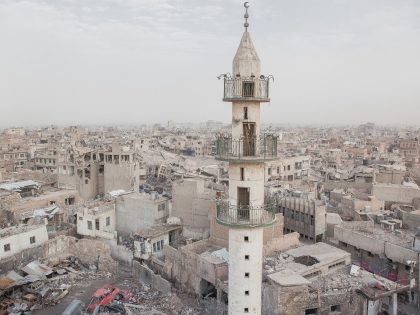The quotidian life of a neighborhood
Does the graphic novel, 'Aya of Yop City', retain its texture in its transformation to the screen?

Photo: Eva Blue.
Aya of Yop City” is Marguerite Abouet and Clément Oubrerie’s first feature film and an adaptation of the couple’s best-selling, graphic novel series of the same name. Like the graphic novels, the film tells the story of Aya, a 19-year-old woman who lives in Abidjan, in the neighborhood of Yopougon in the Ivory Coast of the 1970’s.
The animated film opens with a live commercial for a popular brand of beer in Abidjan, followed by a reverse shot showing people gathered around and staring at the TV, a familiar ritual in West African middle-class life. Following the introduction of each character by Aya’s voice-over, the film chronicles the lives of the inhabitants of the lively neighborhood of Yopougon, through the eyes of Aya (voiced by Aissa Maiga).
The importance of TV appears in this first scene and continues to influence the formal choices of the film. The movie is a succession of episodes or vignettes, and the central storyline (an affair of pregnancy and the search for the father) is that of a soap-opera, though with a comedic twist.
The title suggests that Aya is the main character, but it is surprising as little space is made for her. It is probably because Aya, as a serious young woman who wants to study medicine, isn’t the type of character to engage in adventurous or eventful plots. Instead, the authors focus on the characters that surround her, especially her two turbulent best friends Bintou and Adjoua. The two aren’t academically ambitious like Aya; they have a penchant for night-clubbing and flirting with boys. Aya is mainly, like us, a spectator of what happens around her.
We could regret that what happens around is not that eventful, but this depiction of the quotidian life of this neighborhood, the focus on the unremarkable and even the “déjà-vu” is what makes the film remarkable. Indeed, habitual depictions of Africa, whether in animation or not, are either in the genre of safari-adventure or the exploration of the myth of Africa (see “Kirikoo and the Sorceress,” for example). Here the genre is realism: Marguerite Abouet’s offers an intimate close-up of the place she grew up in.
Autobiography calls for specificity and invites a desire for authenticity. Both appear in the dialogues where we can see the result of the contact of the French language with the African imaginary. The characters talk like people talk in Abidjan, and the casting of voices should be noted. Not all the voice actors are Ivoirians, Aissa Maiga is Senegalese and Jacky Ido who voices Ignace (Aya’s father) is from Burkina Faso. This diversity of voices, that could have been chaotic, challenges the pervasive idea of a globalizing “African accent” and reinforces the realistic aspirations of the authors. And what a pleasure to hear this vernacular, these charming and inventive insults thrown here and there, most of the time revolving around animals. It is really the most fascinating part of a film that seems to forget to have a central and solid plot.
All the problems with the film, the lack of plot and lack of incarnation (dimension?) of the animation are possibly due to the difficult transition from graphic novel to film. A transition that Marjane Satrapi successfully achieved with “Persepolis,” but that the authors of Aya struggle with. Still the movie is funny and touching in his nostalgia, even more pronounced by the soundtrack, a mix of disco and afro-Cuban music.
